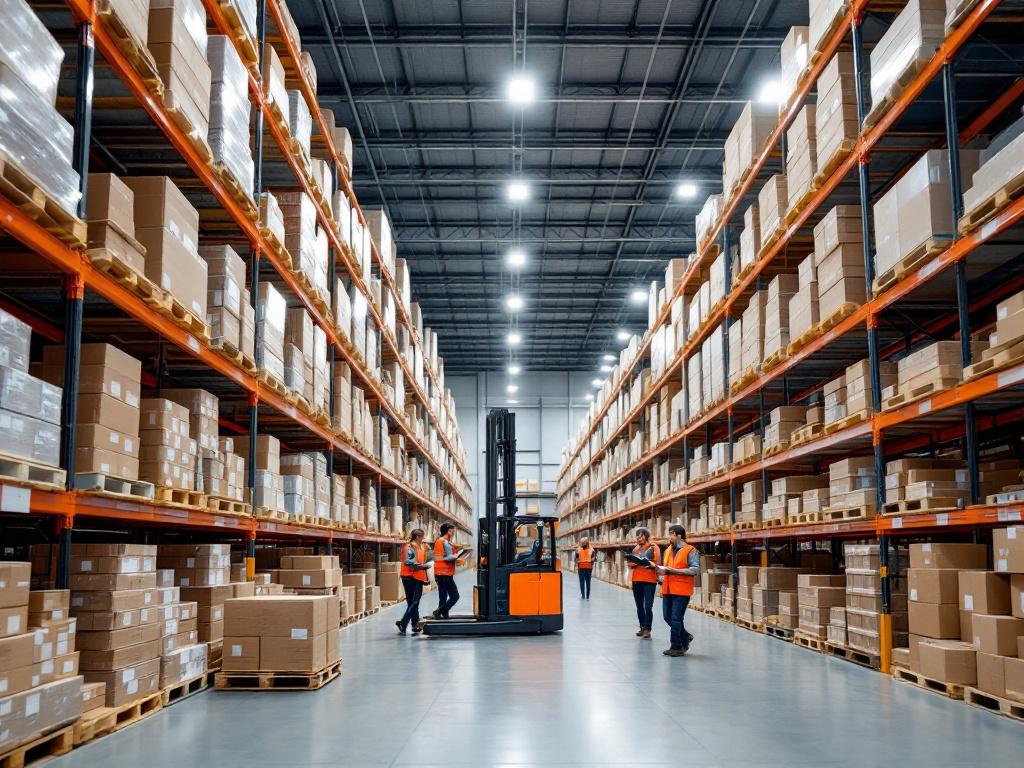How Modern Logistics Solutions Are Revolutionizing Door-to-Door Delivery for E-Commerce Success
From Fast Shipping to Customer Delight: The Future of Parcel Delivery
Imagine ordering a birthday gift in the morning and having it arrive by dinner—no delays, no lost packages, no headaches. This is the promise of today’s delivery landscape, where door-to-door delivery, logistics solutions, and fast shipping have become more than just conveniences—they’re competitive necessities. In a world where 73% of shoppers say delivery speed influences their loyalty, businesses can’t afford to overlook the importance of reliable shipping, cost-effective delivery, and seamless last-mile logistics. This article dives into how modern strategies like same-day delivery and real-time tracking are transforming e-commerce logistics, elevating customer satisfaction, and redefining what it means to meet consumer demands.
The Evolution of Door-to-Door Delivery in a Digital Age
How E-Commerce Logistics Redefined Customer Expectations
E-commerce giants like Amazon and Alibaba turned two-day shipping into the norm, but today’s customers want more. They expect real-time updates, flexible delivery windows, and zero errors. Parcel delivery isn’t just about moving boxes—it’s about creating trust. For example, companies using AI-powered route optimization reduce transit times by 20%, ensuring fast delivery while cutting fuel costs. This shift has made logistics solutions the backbone of modern retail.
The Rise of Last-Mile Delivery Challenges
Last-mile delivery is the final—and most expensive—step in the supply chain, making up 53% of total shipping costs. Urban traffic, missed deliveries, and remote locations amplify these challenges. Innovative tools like crowdshipping platforms and electric cargo bikes are solving these pain points. Businesses that partner with last-mile delivery experts see 30% fewer failed deliveries, directly boosting customer satisfaction.
Striking the Balance Between Speed and Affordability
Why Cost-Effective Delivery Matters for Small Businesses
Fast delivery doesn’t have to break the bank. Brands like Zara and Warby Parker use inventory localization, storing products closer to high-demand areas to cut shipping distances. Third-party logistics providers (3PLs) further reduce costs by pooling shipments. For example, partnering with a top-rated 3PL can lower per-package costs by 15%, making reliable shipping accessible to startups.
Same-Day Delivery: Luxury or Necessity?
Once a premium service, same-day delivery is now critical for industries like pharmaceuticals and luxury goods. Drones and micro-fulfillment centers enable companies like Walmart to fulfill orders within hours. However, success requires robust logistics technology. A recent McKinsey study found that 25% of shoppers abandon carts if same-day options aren’t available—proof that speed drives sales.
Technology’s Role in Building Reliable Shipping Networks
Real-Time Tracking and Customer Satisfaction
Gone are the days of guessing when a package will arrive. GPS-enabled apps like ShipTrack and Bringg let customers monitor their orders minute-by-minute. This transparency builds trust: 89% of buyers say tracking updates improve their experience. Tools like real-time tracking software also help businesses resolve delays proactively, turning potential complaints into loyalty opportunities.
Automation in Warehousing and Parcel Delivery
Robotic pickers, automated sorting systems, and self-driving delivery vans are no longer sci-fi. Companies like Ocado use AI-driven warehouses to process 3.5 million items daily with 99% accuracy. This automation slashes human error, ensuring reliable shipping even during peak seasons. For high-value items like diamonds, pairing automation with specialized security protocols is essential.
Sustainability and the Future of Logistics Solutions
Green Logistics for Cost-Effective Delivery
Electric vehicles (EVs) and biodegradable packaging aren’t just eco-friendly—they’re profitable. DHL’s e-vans cut emissions by 50% and maintenance costs by 30% compared to diesel fleets. Similarly, sustainable cold chain solutions reduce waste in food and pharmaceutical deliveries, appealing to eco-conscious buyers.
Adapting to Global Shipping Complexities
Cross-border e-commerce is booming, but customs delays and tariffs remain hurdles. Platforms like Flexport simplify international cargo shipping with digital documentation and trade analytics. Businesses shipping to remote areas, such as military bases, benefit from hybrid logistics models combining air, land, and sea routes for reliability.
From doorstep convenience to global supply chains, logistics solutions are the unsung heroes of modern commerce. By mastering fast delivery, cost-effective strategies, and innovative last-mile tactics, businesses can turn shipping from a cost center into a competitive edge. As customer expectations evolve, leveraging technologies like real-time tracking and automation will separate industry leaders from the rest. Want to dive deeper? Explore how AI-driven SEO can amplify your logistics brand’s online presence or learn why insurance is non-negotiable for high-risk shipments. One thing’s clear: In the race for customer satisfaction, logistics isn’t just about moving parcels—it’s about moving people.


